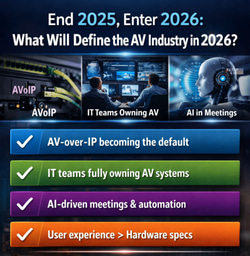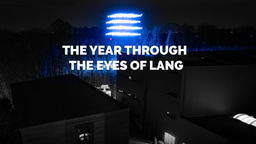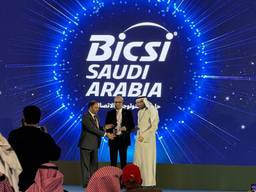The “Knowledge Series” Model: Fast, Accessible, and Ongoing Learning

Related Content

Rethinking Education in AV
A Journey Toward Scalable Educational Solutions for AV Industry
Online training has already become part of everyday life in the AV market. Various associations and brands offer occasional training sessions, allowing remote access to content. However, the general perception is that these trainings still fall short of reaching their full potential for audience engagement.
Why does this happen?
It’s easy to point to factors like the high cost of some courses or language barriers, but there’s an even more fundamental aspect that deserves attention: the format of the content itself. Let’s leave the issues of price and language for the next article of this series and focus now on a concept that has transformed the way we consume information.
When we look at engagement reports from major digital content platforms like Netflix and Spotify, it becomes clear that content delivered in a series format achieves much higher results in both engagement and audience retention. The Netflix Engagement Report shows that series outperform movies in both viewership and audience involvement. On Spotify, studies from Reprtoir and WeDoPodcast reveal that podcast series keep listeners more active, always coming back for new episodes. The secret lies in the continuous delivery of new content and updates, building a long-term relationship with the audience. Movies, on the other hand, while they may attract large audiences, are usually watched in a single sitting and don’t create the same ongoing connection (Sage Journal).
These findings align with research from the Ipsos Institute, which shows that 80% of young people aged 14 to 23 prefer YouTube as a learning platform, while 72% of people aged 36 to 53 also turn to YouTube to learn. Video, therefore, stands out as the preferred format for those seeking to understand something new.
But what makes video so effective for learning? One of its greatest advantages is flexibility: learners can pause, skip, rewind, or rewatch, adapting the pace of study to their own routines. Even long videos can be consumed in parts, according to the user’s availability and interest.
However, the series format goes even further. It offers continuity in the learning journey, breaking content into short, connected segments that keep interest high and make assimilation easier. This structure allows learners to progress gradually, revisit previous topics, and build a more solid and personalized learning path.
Additionally, learning videos make content more dynamic and appealing, especially when presented in the audience’s native language. The series model, in turn, fits perfectly into the modern routine, where the time available to invest in learning is increasingly fragmented.
Have you come across AV industry courses in a series format? What was your experience like? Share your thoughts and let’s rethink the future of learning in our sector together.
Recommended Content
End 2025, Enter 2026 (AV Industry)

2025 Review – The Year Through The Eyes Of LANG





Please sign in or register for FREE
If you are a registered user on AVIXA Xchange, please sign in
Hola @Cristiano Mazza, CTS , según Yo sí he tomado cursos tipo serie, recuerdo una certificación de Shure y definitivamente puedo decir que, si percibí la experiencia como positiva, estoy de acuerdo contigo en que estos modelos pueden ser muy atractivos principalmente para los nuevos talentos de la industria que son sectores de gente joven. Muy interesante tu serie de artículos Cristiano, estaré atento a los nuevos capítulos!!!